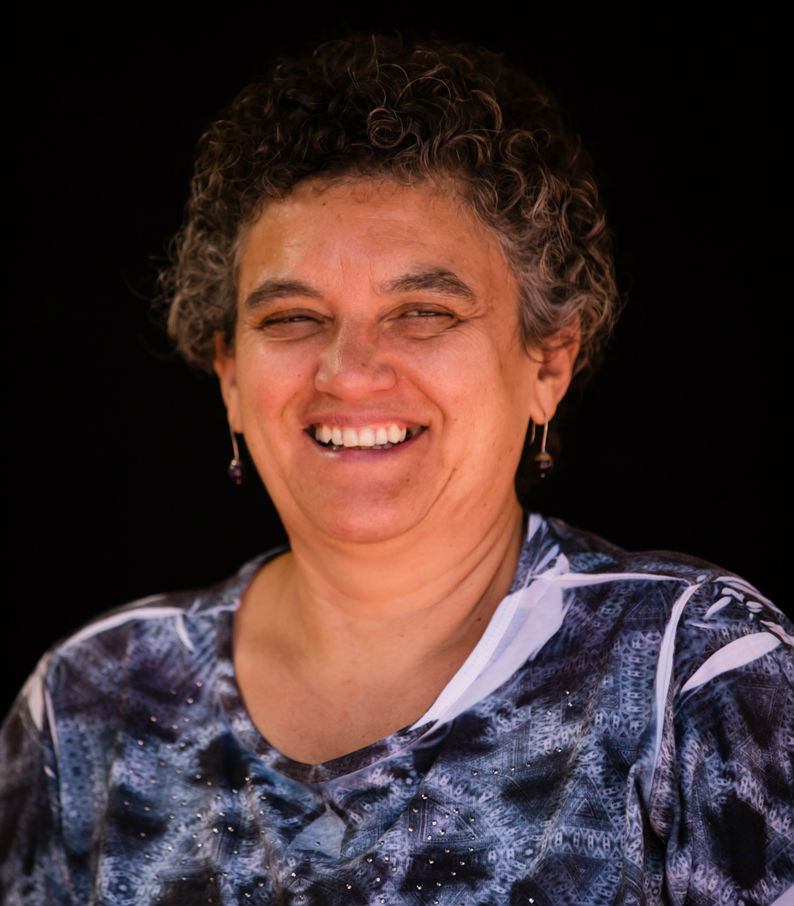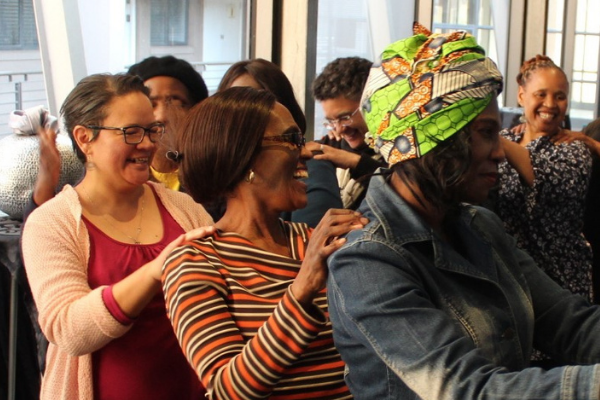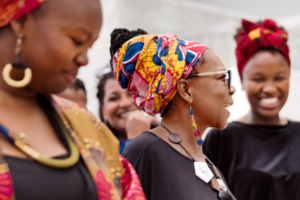Did you know South Africa ranks 6th in the world for having the most shopping centre space? Our retail market was estimated at around 23.4 million square metres of gross lettable area across 1959 individual shopping centres. That was in July 2017, and the South African Council of Shopping Centres says we’ve kept building.
If you look past the retail shops, restaurants and the throngs of people you’ll find one glaring feature of these malls: the many young women who work there as part-time, casual and permanent workers. The shops and restaurants come in different sizes and include anchor retail tenants such as Pick n Pay, Game Stores and Shoprite Checkers.
Inspiring organising strategy
SACCAWU, one of our 15 member trade unions, initiated a very interesting response to organising women in shopping malls in South Africa. SACCAWU used ‘mall committees’, which offered a space for building worker solidarity across companies.
For many women workers, attending meetings after hours and far away from home only adds to their many other responsibilities in both their public and private lives. The mall committees proved to be a comfortable space for women workers who popped out during lunch times to attend a meeting or activity at the workplace.
Some of the features of the union’s mall committee strategy were ‘inclusivity, solidarity and flexibility’. Everyone was welcomed to the mall meetings, not just union members or shop stewards. The mall committee members didn’t have to be shop stewards, and this opened the space for more women to take leadership roles in the union. Workers from different companies met and build a sense of solidarity.
Mapping workers and their issues
In that space, workers compared collective bargaining agreements, assessing, for example, disparities between the maternity rights in different companies. This laid the basis for collective and solidarity actions. SACCAWU pointed to an interesting example where the mall committee entered into negotiations with the mall management on behalf of all workers with regard to a childcare plan for workers involved in late trading.
The mall committee conducted a survey with a particular focus on casual workers. The survey enquired about the number of children that needed childcare and what workers could afford to pay for childcare. A compromise was reached. Management offered a venue, meals for the children during the shift that the worker is on duty and entertainment such as art. Workers were responsible for finding and funding a suitable childcare worker.
The mall committee also offered women working in different companies the space to share their experiences of common problems like the impact of late trading on personal safety and family lives.
The very localised and yet diverse settings of the malls – with many companies, small shops and restaurants – can play an important role in appreciating both the different and similar challenges facing, for example, a young woman employed as a part-time waitress in a Wimpy restaurant and permanently-employed woman in Pick n Pay supermarkets.
Both women are involved in late trading, feel the insecurity of travelling by unreliable public transport to and from work, are constantly concerned about childcare arrangements, have irregular lunchtimes and are involved in shift work.
But the young woman at Wimpy is constantly being intimidated by her manager with the threat that they can easily be replaced. She knows that if she falls pregnant she will probably not get her part-time job back, she believes she has no labour rights as a part-time worker and she has had no exposure to a union.
Imagine that the Pick n Pay and Wimpy shops are next to each other at the mall and the two women often see each other and travel in the same public transport. Having the mall committee gives two women from different companies an opportunity to really appreciate each other’s frustrations and challenges, which is an important first step in building consciousness and solidarity.
Reaching young women workers
Creating such a space is not without its challenges, and SACCAWU can attest to that. Irregular lunchtimes and shift work made meeting times a real challenge. This means flexible processes became useful in some malls, for example, using different meeting times to accommodate the different lunch times.
Mall committees are also important places for experimenting with organising young women. Straight from school, working as part-timers with little organisational experience, the young women feel both vulnerable but also excited at the possibility of being involved and learning new things.
In the malls, members of the SACCAWU Gender Structures have creatively inducted young women workers into the union through both formal as well as informal methods.
Young women were encouraged to participate in the initial negotiations with mall management around accessing physical space to hold mall committee meetings. These initial negotiations were important for young women to get a sense of the attitude of the mall and property manager. Also, the women began to feel comfortable seeing the mall as their workplace.
Formal induction processes were a combination of union reports and educational activities that could include issues like workplace related sexual harassment, collective bargaining issues like parental rights and broader societal issues like customary marriage and domestic violence.
Careful attention was placed on the educational methodologies used in both union report backs as well as educational meetings.
For many young women, that was their first experience of women-led activities and the gender activists paid careful attention to role modelling and mentoring.
One of the older gender activists that assisted with the development of the Vaal Mall Committee identified “having an internal vision of your own development as an activist” as important in being a role model and in mentoring young women. She felt this helped to make conscious what assisted and what acted as a block in your own development, which when showed through action and not through “preaching” to the young women can be very effective in the mentoring process.
All the gender activists spoke about “empathy” as being essential to their gender work. That sense of empathy played an important role in their work with young women.
Space for collective action in addressing social issues
Connecting with broader social issues was an important element of the mall committee. For example, in Daveyton Johannesburg, the mall committee hosted a World Aids Day in December and TB awareness activities in March. These activities, which were hosted in the mall premises, involved workers, customers as well as the surrounding community. When celebrating Nelson Mandela’s birthday, union members from the mall secured donations from the shops. The donations were then handed out to surrounding households in need.
In Daveyton, the committee initiated a stakeholder forum to deal with issues like HIV/Aids. Some members of the stakeholder forum included the Department of Health, local councillors and members of the Treatment Action Campaign.
At a community level, the mall committee helped to define the kind of social responsibility a mall should be playing towards the workers, customers and broader community.







